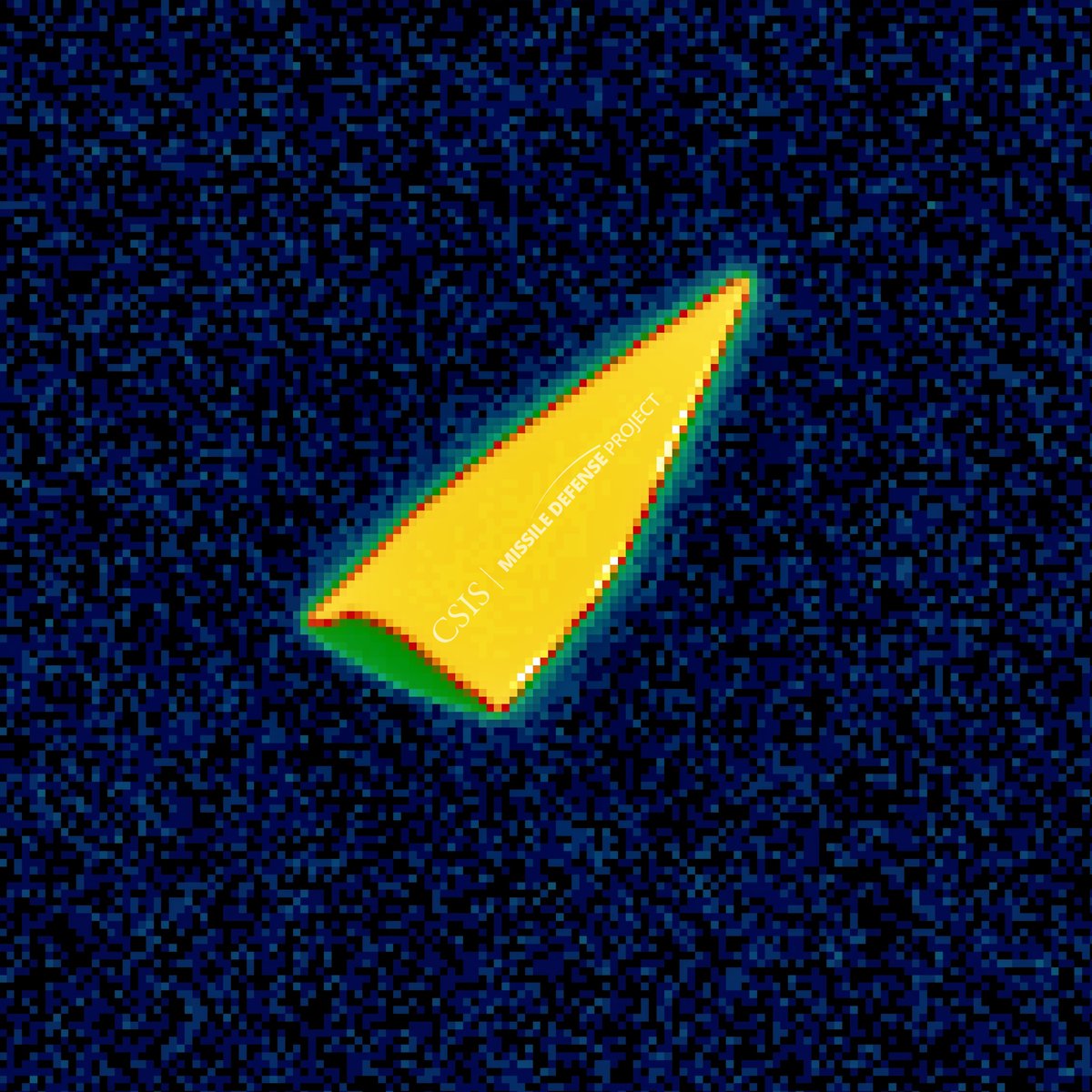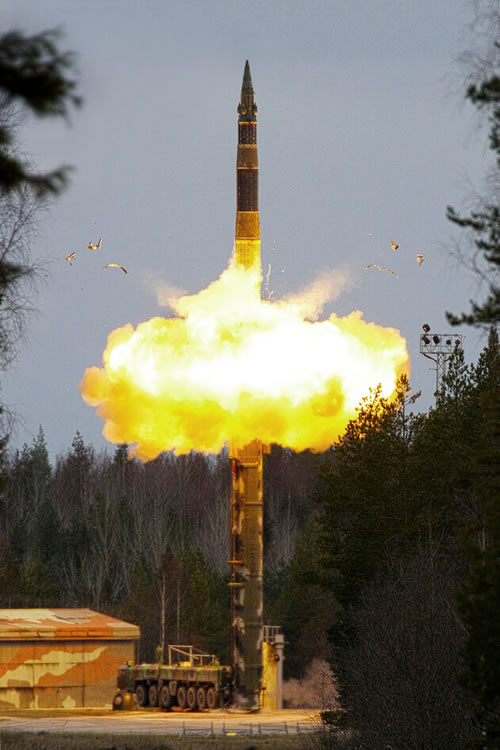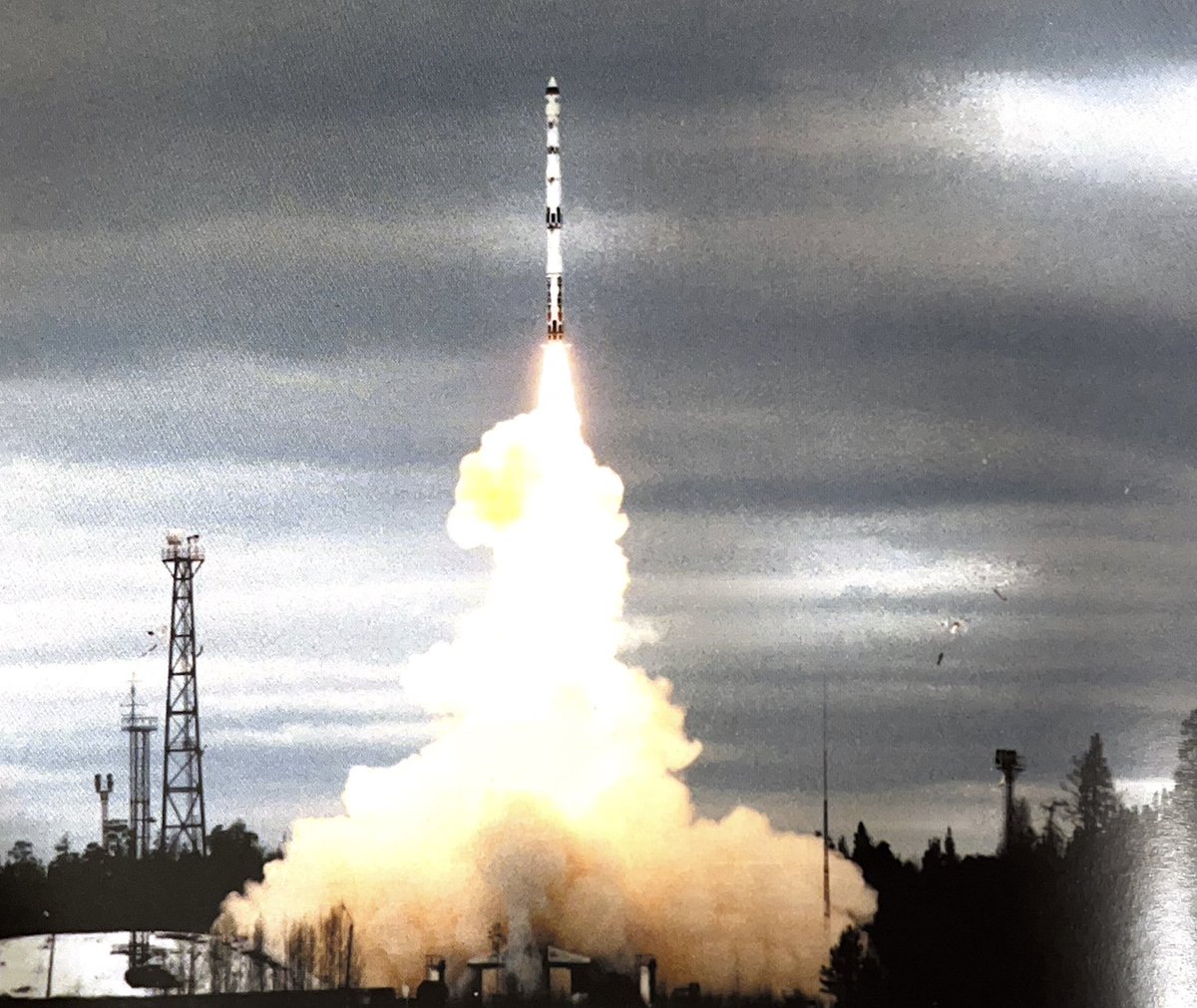Key details in the White House "Iron Dome for America" missile defense EO:
1) High-level callout to HBTSS. With two demo satellites in orbit, HBTSS will transfer from MDA to Space Force in 2026. The language implies a need to preserve fire control requirements...

1) High-level callout to HBTSS. With two demo satellites in orbit, HBTSS will transfer from MDA to Space Force in 2026. The language implies a need to preserve fire control requirements...


...something we repeatedly argued for last winter. There was a real danger that high-fidelity hypersonic tracking would be made into a reach goal. So this is an important intervention from the top. 







2) Space-based interceptors. Prior NDAAs often called for studies, but tech is changing. Launch costs, a major expense, are down 10x, and satellite unit costs also seem to be declining (look at the megaconstellations). Some issues with punch-through, but we'll see what comes. 





3) "A prioritized set of locations to progressively defend against a countervalue attack by nuclear adversaries," and "underlayer and terminal-phase intercept capabilities postured to defeat a countervalue attack." A call for CMD, or something else? @tomkarako 

4) Continuity: Continued support for PWSA, which has been well funded. Continued investment in DE and left-of-launch. Supply chain resilience is still a major topic, esp. for SRMs and large-format FPAs.
5) Allies: A signal for continued cooperation on missile defense with allies. It's a plain reality that they're key partners in the supply chain. Big recent commitments from Australia, Israel, Japan on test ranges, production capacity, tech, materials. 

• • •
Missing some Tweet in this thread? You can try to
force a refresh

























